News & Scientific Highlights
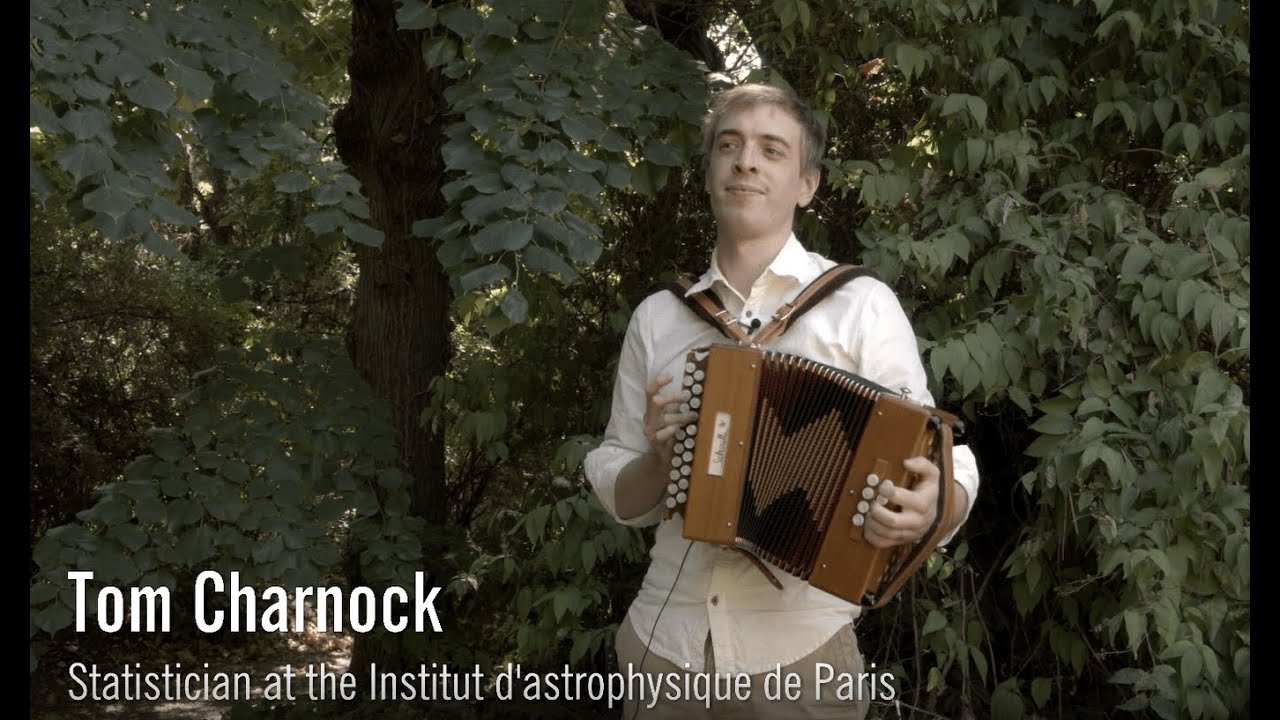 Video interview with Tom CHARNOCK
Video interview with Tom CHARNOCK
October. 8 2019
Tom Charnock, statistician and post-doctoral researcher at the IAP, uses machine learning and neural networks to map the large scale structures of the Universe.
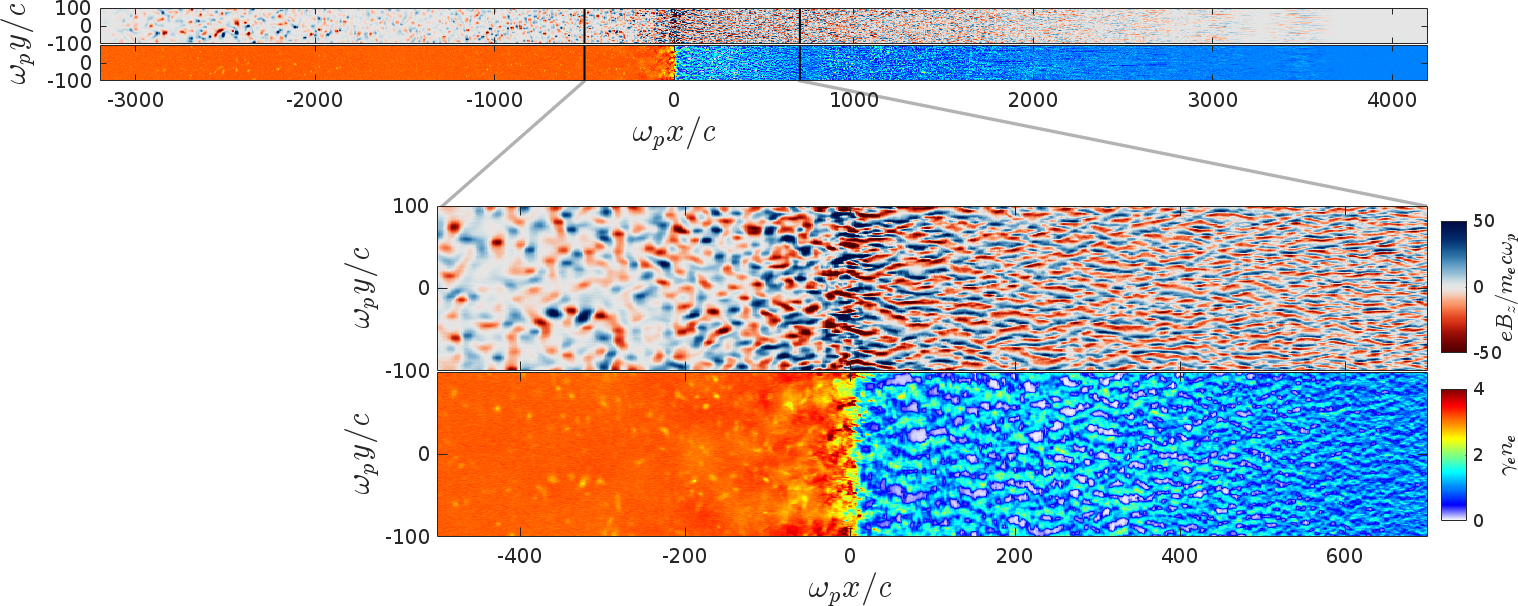 Shock waves of the violent Universe
Shock waves of the violent Universe
July. 18 2019
Scientists offer, for the first time, a theoretical picture of the extreme shock waves that shape the outstanding manifestations of the high-energy Universe.
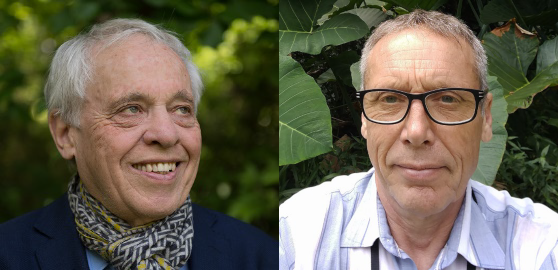 2019 Gruber Cosmology Prize
2019 Gruber Cosmology Prize
May. 9 2019
Nicholas Kaiser and Joseph Ivor Silk Receive $500,000 Gruber Cosmology Prize for Seminal Contributions to the Theory of Cosmological Structure Formation and Probes of Dark Matter.
 LPTHE won a CNRS grant in the framework of program 80|Prime for the project DaMe Fer
LPTHE won a CNRS grant in the framework of program 80|Prime for the project DaMe Fer
Mar. 15 2019
The project "DaMe Fer - Investigating Primordial Black Holes as Dark Matter with the Fermi satellite” (PI Marco Cirelli) has been selected by CNRS within the context of the "80 Prime” grant scheme.
 An article by LPTHE released in the print
An article by LPTHE released in the print
Jan. 11 2019
A research article written by Mathieu Boudaud and Marco Cirelli at LPTHE and accepted by Physical Review Letters, appeared recently in the press in Science et Forbes magazines.
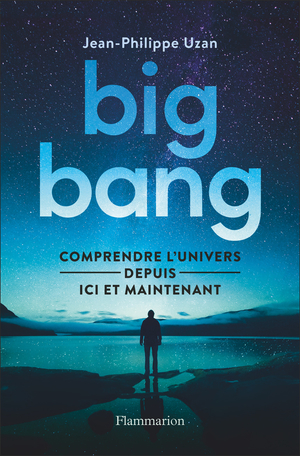 « Big-bang, comprendre l’univers depuis ici et maintenant » by Jean-Philippe Uzan, Flammarion
« Big-bang, comprendre l’univers depuis ici et maintenant » by Jean-Philippe Uzan, Flammarion
Oct. 10 2018
In his general audience book entitled « Big-bang, comprendre l’univers depuis ici et maintenant », published by Flammarion on October 10th, 2018,
Cosmologist Jean-Philippe Uzan invites his readers to understand the development of the Big Bang model, a theory that aims at describing the Universe and its history.
 Video interview with Sandrine CODIS, researcher at the IAP
Video interview with Sandrine CODIS, researcher at the IAP
Sept. 26 2018
Sandrine Codis studies the distribution of galaxies through the cosmic web using the Euclid satellite.
 Video interview with Sergei Balashev, Russian researcher and ILP visitor at the IAP
Video interview with Sergei Balashev, Russian researcher and ILP visitor at the IAP
Sept. 26 2018
Sergei Balashev, researcher from the Ioffe Institute of Saint Petersburg, talks about high redshifted galaxies and quasar absorption lines.[see the video]
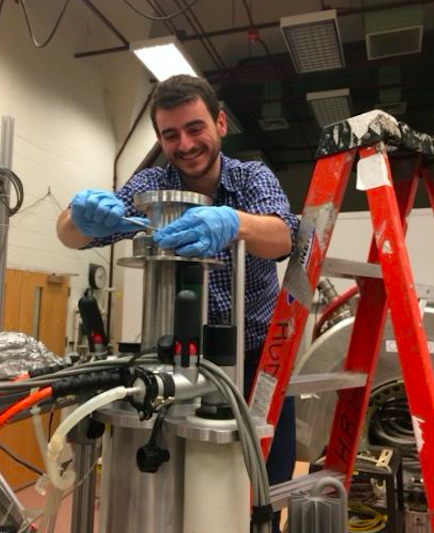 Mathieu Guigue : Portrait-interview with the new lecturer at Sorbonne University
Mathieu Guigue : Portrait-interview with the new lecturer at Sorbonne University
2018
Mathieu Guigue, researcher in neutrinos experimental physics, has just been recruited by Sorbonne University as lecturer.
His teaching activity is starting in the fall 2018. Portrait-interview.
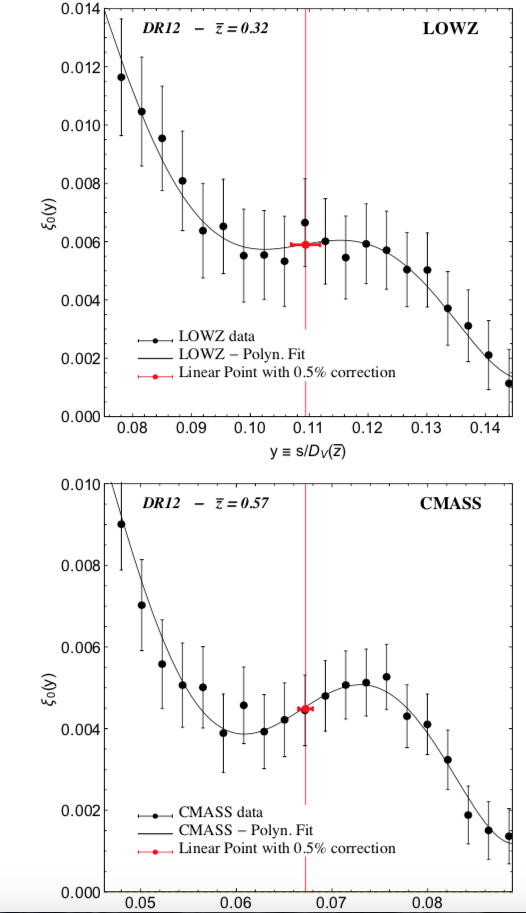 A New Cosmological Ruler to track Dark Energy
A New Cosmological Ruler to track Dark Energy
2018
A team of cosmologists lead by Stefano Anselmi (Observatoire de Paris & Institut d'Astrophysique de Paris) and composed of Glenn Starkman (Case Western Reserve University), Pier-Stefano Corasaniti (Observatoire de Paris), Ravi Sheth (University of Pennsylvania) and Idit Zehavi (Case Western Reserve University) discovered a new cosmological standard ruler dubbed the "Linear Point".
They apply it to existing galaxy catalogues showing that this pristine ruler is a new promising means to unravel the mystery of Dark Energy. The results have been published on Physical Review Letters on 10 July 2018.
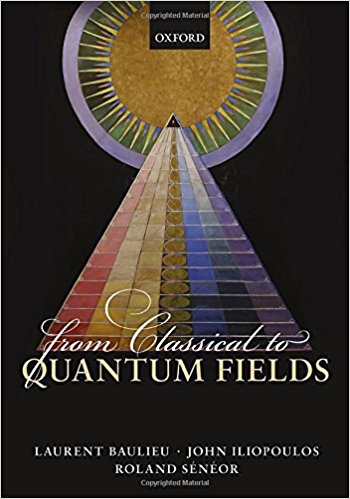 « From Classical to Quantum Fields » de Laurent Baulieu, John Iliopoulos et Roland Sénéor
« From Classical to Quantum Fields » de Laurent Baulieu, John Iliopoulos et Roland Sénéor
2018
Le livre « From Classical to Quantum Fields », récemment paru chez Oxford Press, décrit le cadre mathématique de la théorie quantique des champs pour appréhender les interactions fondamentales des particules élémentaires.
Cet ouvrage d’environ 1000 pages, commence par un rappel des théories de l'électrodynamique et de la relativité générale et de leurs propriétés de symétrie. Il explique leur méthode de quantification selon l’approche de l'intégrale de chemin de Feynman.
Certaines sections sont relatives à des sujets rarement abordés dans la littérature pour les étudiants de master et de doctorat.
 ILP LabEx Researcher Profile: Ioannis Florakis
ILP LabEx Researcher Profile: Ioannis Florakis
2018
Ioannis Florakis is post-doctoral fellow in LabEx «Institute Lagrange of Paris». He answered some questions about his research and projects in theoretical physics.
Below is a transcript of the written interview. [click here]
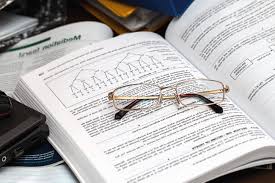 Portrait d’un doctorant du LabEx ILP : Andrea Mogini
Portrait d’un doctorant du LabEx ILP : Andrea Mogini
2018
Andrea Mogini est doctorant du Laboratoire d’Excellence « Institut Lagrange de Paris ». Aujourd’hui, il conduit ses recherches à Paris, au sein du Laboratoire de Physique Nucléaire et de Hautes Energies (LPNHE).
Il a accepté de répondre à des questions sur son parcours, ses recherches et ses projets. Transcription d'une interview-portrait. [click here]
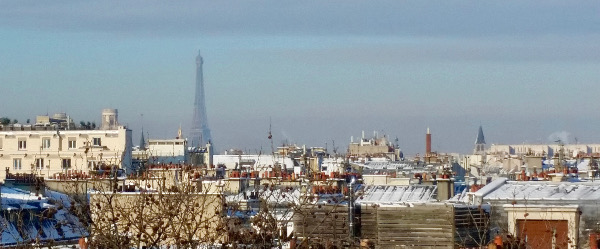 Rencontre de Physique des Particules (RPP)
Rencontre de Physique des Particules (RPP)
April 11-13, 2018
The Rencontre de Physique des Particules (RPP) aims at gathering once per year the theoretical physicists working in France in the field of high energy physics. The 2018 meeting will be organised by the Institut Lagrange de Paris (LPTHE, LPNHE and IAP), Jussieu Campus, Sorbonne Université, Paris... [more]
 Machine Learning Workshop
Machine Learning Workshop
March 29, 2018
The machine learning workshop is at aimed at beginners and those who want to know how to program neural networks. It’s purpose is to bring people up-to-date with various machine learning techniques, with an emphasis on deep learning. Thomas Keck (currently at KIT) will provide the teaching throughout the day, with a few of us to help during the workshop. Thomas has been working on machine learning techniques for the Belle II experiment for several years and has previously held workshops teaching machine learning at the CERN computing summer school and at KIT... [more]
 IHP Trimester 2018: Analytics, Inference, and Computation in Cosmology
IHP Trimester 2018: Analytics, Inference, and Computation in Cosmology
Sept. 3 - Dec. 14, 2018
The IHP trimester entitled “Analytics, Inference, and Computation in Cosmology,” will be dedicated not only to the “what” and the “why” but also, and specifically, to the “how” of cosmological calculation. Is the mathematical toolset of cosmology adequate for the challenges ahead? Where do we need new ideas? [more]
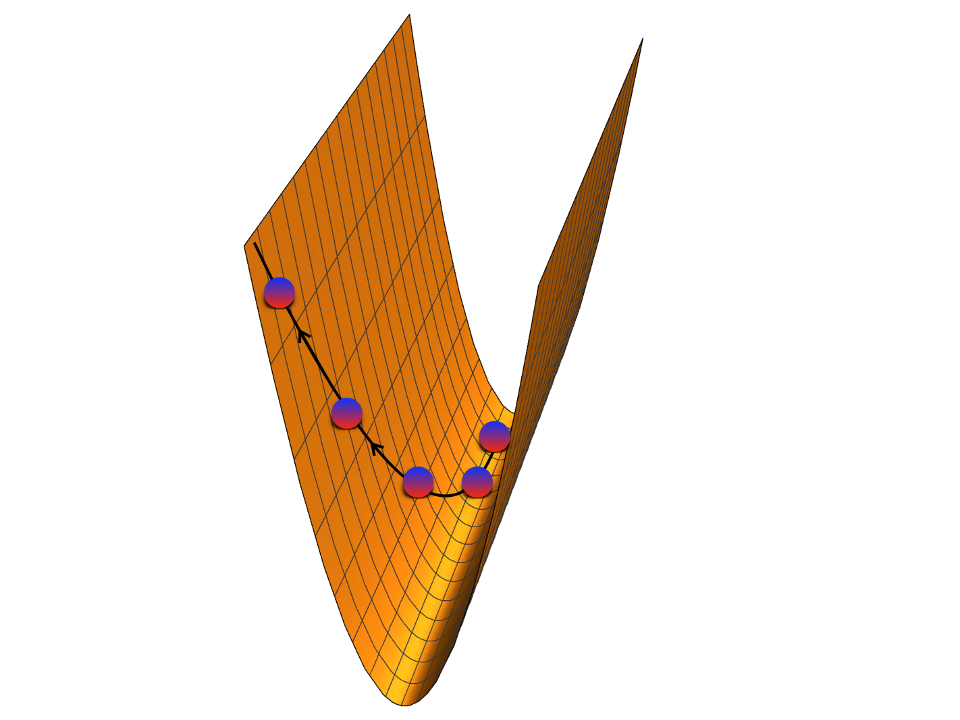 A mechanism that destabilizes the primordial universe
A mechanism that destabilizes the primordial universe
Sept. 28 2016
Physicists from the CNRS and the University of Warsaw unveiled an instability at play in the primordial universe that modifies the theoretical interpretation of the cosmic microwave background observations, and which enables one to severely constrain scenarios of inflation built in fundamental physics. This work is published in Physical Review Letters. [more]
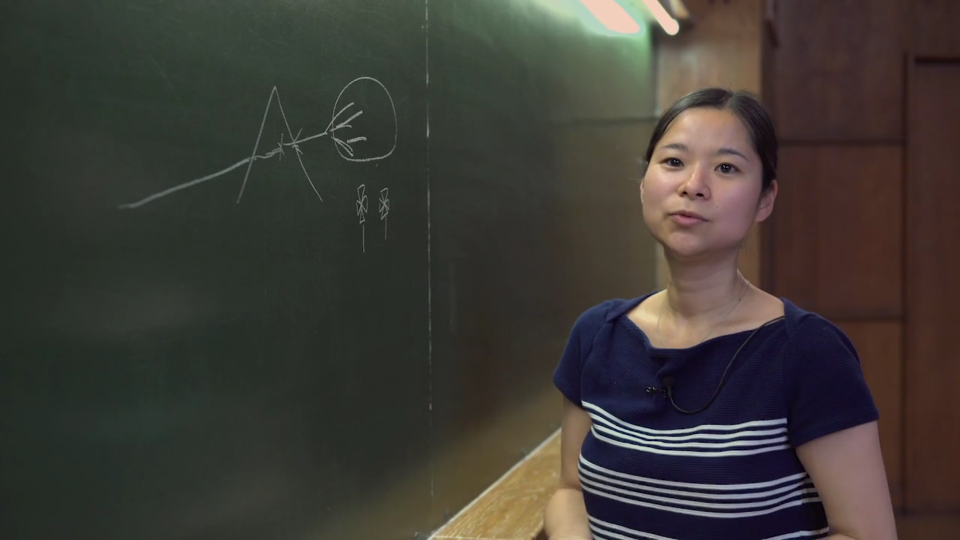 Chasing the ultimate neutrinos
Chasing the ultimate neutrinos
Sept. 22 2016
Kumiko Kotera, researcher at the IAP and recipient in 2016 of the CNRS bronze medal, talks about her research in high (or even very high) energy astrophysics [see the video]
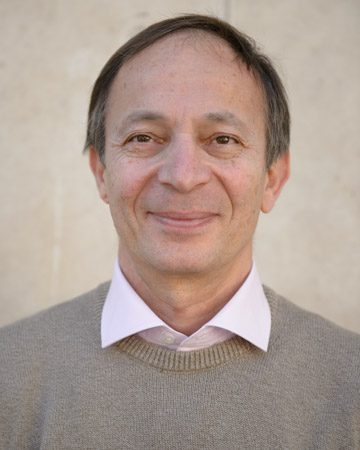 Special Breakthrough Prize In Fundamental Physics
Special Breakthrough Prize In Fundamental Physics
May 17, 2016
Luc Blanchet, senior researcher in theoretical physics at IAP/ILP, is one of the laureates of the "Special Breakthrough Prize In Fundamental Physics" awarded for the detection of gravitational waves, confirmation of the prediction by Albert Einstein a hundred years ago. Luc Blanchet made major contribution to the theoretical calculation of the gravitational waveform generated by the coalescence of neutron stars or black holes.
[Read more on IAP website]
 "The ΛCDM model is the our best description of the cosmos... right?"
"The ΛCDM model is the our best description of the cosmos... right?"
Feb. 26, 2016
Cosmology@Home attempts to answer this big question and just released a new exciting app to do so! This app (called "planck_param_sims") uses data from the Planck satellite and allows anyone to contribute to their current analysis.
The one sentence summary of this tool is that its sort of like turning contributing computers (yours?) into mixer boards and playing DJ with the echoes of the Big Bang! So what exactly does that mean, and how these results contribute to science?
Find out more on Cosmology@Home website
 Benjamin D. Wandelt elected Fellow of the American Physical Society
Benjamin D. Wandelt elected Fellow of the American Physical Society
Oct. 8, 2015
Ben Wandelt was named 2015 Fellow of the APS in recognition of his outstanding contributions to physics. [more]
 The mysteries of quantum cosmology
The mysteries of quantum cosmology
Aug. 21, 2015
Patrick Peter, Deputy Director of the ILP, explains to us why quantum cosmology remains a mystery... [see the video]
 "What excites me in being a cosmologist"
"What excites me in being a cosmologist"
Nov. 10, 2014
Benjamin Wandelt, Director of the ILP, explains to us why it is exciting to be a cosmologist. First short video of a long series [see the video]
Universal density profile for cosmic voids
July 8, 2014Cosmic voids are fascinating for several reasons. For example, they were the first places in the Universe to be dominated by dark energy. They make up the majority of the volume of the Universe today and constitute an exceptional source of cosmological information. [more]
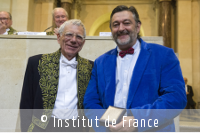 Louis D. Foundation Award 2014
Louis D. Foundation Award 2014
June 17, 2014
François Bouchet, HFI Planck coPi and ILP member, was recently awarded the 2014 Louis D. Foundation Award [more in French language]
 Detecting Cosmic Rays out in the Pampas
Detecting Cosmic Rays out in the Pampas
June 2014
In Argentina, the Pierre Auger Observatory hunts cosmic rays, charged particles that shower the Earth from space. A French team headed by A. Letessier-Selvon takes us on a guided tour of the Observatory during their on site mission in 2013 [more]
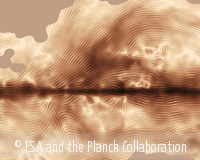 Planck takes magnetic fingerprint of our galaxy
Planck takes magnetic fingerprint of our galaxy
May 6, 2014
The Planck team released this image of the first all-sky observations of polarized light emitted by interstellar dust in the Milky Way. Planck member Paul Sutter helped create this visualisation of galactic magnetic field lines at the Lagrange Institute. [more]





